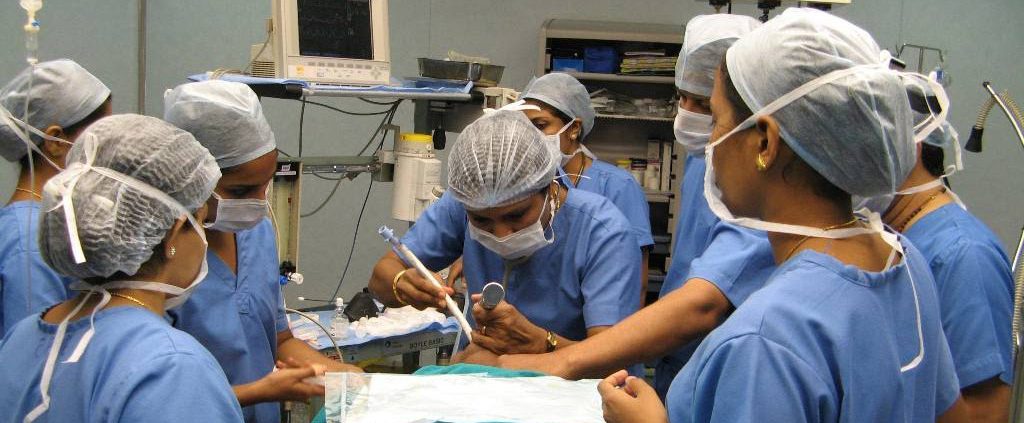Dental Pain and Dental Anesthesia – How Do They Complement Each Other?
In most cases, pain gets the most of our attention – especially if it comes from our teeth. Dental pain can cause a wide array of problems including dental anxiety, dental phobia or fear of dentists, all of which can lead to unproductive and disruptive work behavior.
Dental anesthesia deals with the management and control of dental pain through the use of several anesthetic and medication procedures. It actually relives a patient of pain being felt through the course of dental surgery or even after the dental procedure.
Use of Dental Anesthesia:
Dental anesthesia is a unique procedure which is usually administered by a licensed anesthesiologist. It is used on several dental procedures like tooth extractions and root canal therapy. Without dental anesthesia, the patient may scream or lose consciousness since the pain being felt in the midst of surgical procedure.
Mentioned below are the most important types of dental anesthesia:
Local Anesthesia:
As the name implies, local anesthesia is a process in which a drug is injected only to a specific area of the mouth, most specifically to the area where the dental extraction, cavity filling, or root canal therapy is about to take place. Local anesthesia actually numbs the tissues of the area in which it will be injected. The effect of local anesthesia usually lasts about a couple of hours.
General Anesthesia:
General anesthesia is also known as deep sedation. It is a common term for anesthetic procedure that will render the patient unconsciousness and impervious to pain once the drug has been applied. General anesthesia is usually applied on complex and rather painful dental procedures.






Leave a Reply
Want to join the discussion?Feel free to contribute!